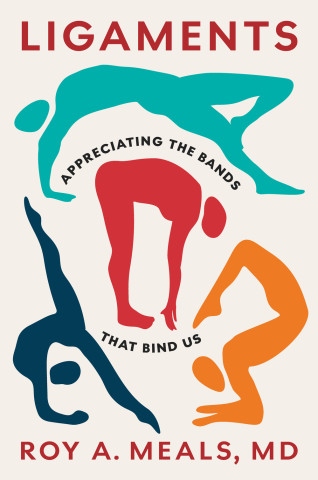
Reviews
Notably, the contributors are parents, adults born with these conditions, clinicians, and ethicists. As such, Surgically Shaping Children provides a unique multidisciplinary examination of the issues raised.
This compilation of essays edited by Erik Parens is vitally important... Provides an amazing wealth of practical advice... All the chapters are well written and engaging... Parents facing grueling decisions about surgical interventions for their children will find great solace in this book.
What I most liked about Surgically Shaping Children was the way it drew me into an ongoing conversation that exposed, interrogated, and rearticulated my common sense views on normality and the role of medicine in normalizing the differently embodied.
An important book for the questions it puts forth.
A rich and fruitful diversity of perspectives, opinions, and styles.
A truly striking collection of voices that are largely absent from ordinary bioethics texts, and one of the finest anthologies I have read in years.
Surgically Shaping Children is a must-read for anyone concerned about the cultural denial of differences in human embodiment and the desire for the 'surgical fix.' In a style that is the trademark of any conversation initiated by the Hastings Center, the contributors—philosophers, physicians, patients, and parents—tackle all the difficult questions without opting for easy answers. This is a book that will make you think.
In this thoughtful book, patients, parents, doctors, and distinguished philosophers speak to difficult questions of disability, technology, identity, and values.
As medicine gains ever greater skill at 'correcting' the physical deficiencies of children, we are also acquiring the power to alter personal identity and change the meaning of normality. In Surgically Shaping Children, Erik Parens has collected a wonderful range of provocative and thoughtful essays that, while providing no easy answers, raise crucially important questions about when, why, and how we should 'fix' the appearance of our children. Doctors, patients, ethicists, and parents will all be enriched by its wisdom and empowered by its intelligent consideration of these thorny issues.
It is extraordinary when a book manages to be both informative and critical. Surgically Shaping Children is an important book for parents who confront the reality of their children's appearing different from what they and society imagined. It is also a book for all readers interested in how norms of appearance affect the way we imagine ourselves and others and, equally important, how we employ medicine to rectify such differences.
This fascinating and disturbing collection explores the difficult question of when and how surgery might be used for children born with disabilities and other anomalies. It speaks not just to every parent's desire to help his or her child, but also to concerns about the contested borders of health, normality, and difference, in an age when our biomedical powers may sometimes exceed our wisdom.
It was a joy reading this brilliant collection of essays. This carefully conceived and well-written book will be welcomed by health care professionals and medical ethicists, but they are by no means its only potential audience. The challenging issues it raises would make it an excellent text for seminar courses on ethics and philosophy. But in my opinion its greatest and most lasting value will be as a resource for parents and other family members of affected patients.
Book Details
List of Contributors
Acknowledgments
Introduction: Thinking About Surgically Changing Children
Part I: Personal Narratives About Appearance – Normalizing Surgery
Chapter 1. Twisted Lies: My Journey in an
List of Contributors
Acknowledgments
Introduction: Thinking About Surgically Changing Children
Part I: Personal Narratives About Appearance – Normalizing Surgery
Chapter 1. Twisted Lies: My Journey in an Imperfect Body
Chapter 2. Do I Make You Uncomfortable? Reflections on Using Surgery to Reduce the Distress of Others
Chapter 3. My Shoe Size Stayed the Same: Maintaining a Positive Sense of Identity with Achondroplasia and Limb-Lengthening Surgeries
Chapter 4. The Seduction of the Surgical Fix
Part II: Technology and the Pursuit of Normality
Chapter 5. Concepts of Technology and Their Role in Moral Reflection
Chapter 6. Emily's Scars: Surgical Shapings, Technoluxe, and Bioethics
Chapter 7. Thoughts on the Desire for Normality
Part III: The Surgical Context
Chapter 8. To Cut or Not to Cut? A Surgeon's Perspective on Surgically Shaping Children
Chapter 9. What's Special About the Surgical Context?
Chapter 10. Are We Helping Children? Outcome Assessments in Craniofacial Care
Part IV: Children and Parents Deciding About Appearance–Normalizing Surgery
Chapter 11. Who Should Decide and How?
Chapter 12. The Power of Parents and the Agency of Children
Chapter 13. "In Their Best Interests": Parents' Experience of Atypical Genitalia
Chapter 14. Toward Truly Informed Decisions About Appearance-Normalizing Surgeries
Chapter 15. Appearance-Altering Surgery, Children's Sense of Self, and Parental Love
Chapter 16. What to Expect when You Have the Child You Weren't Expecting
Index





